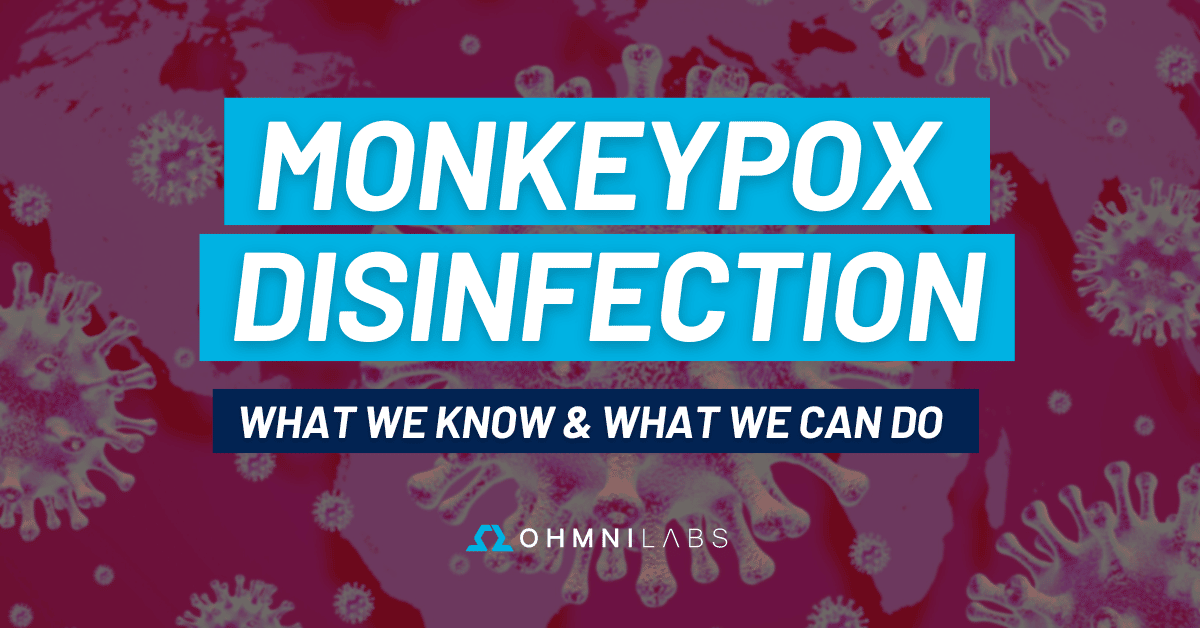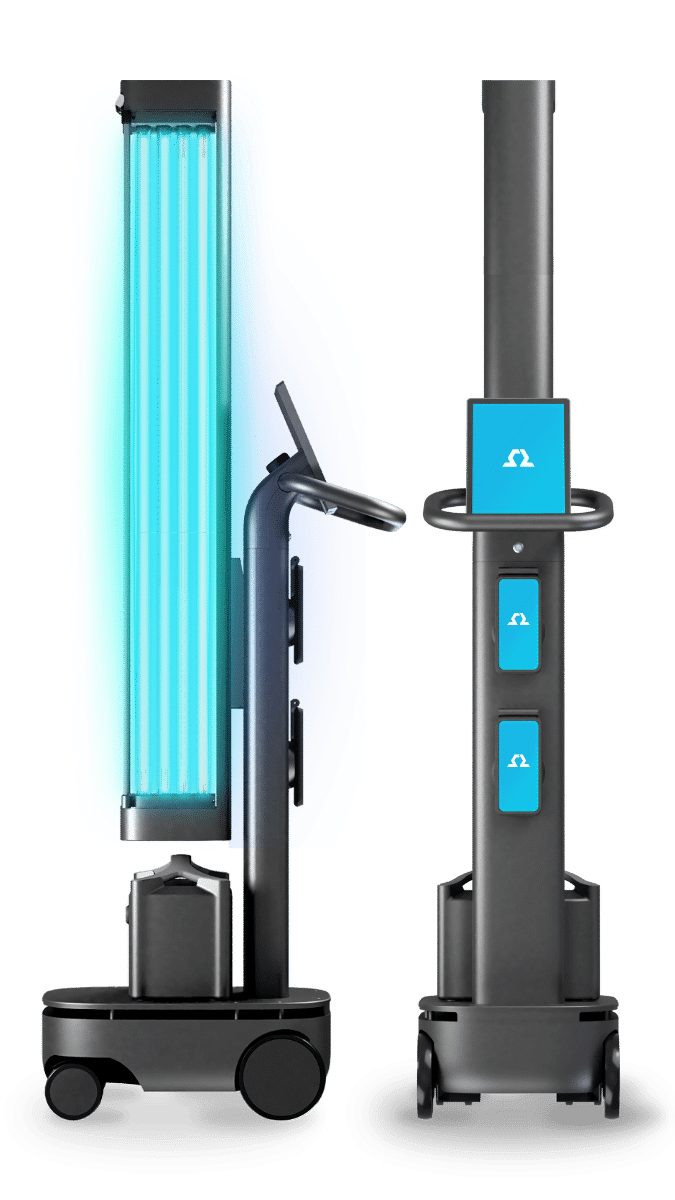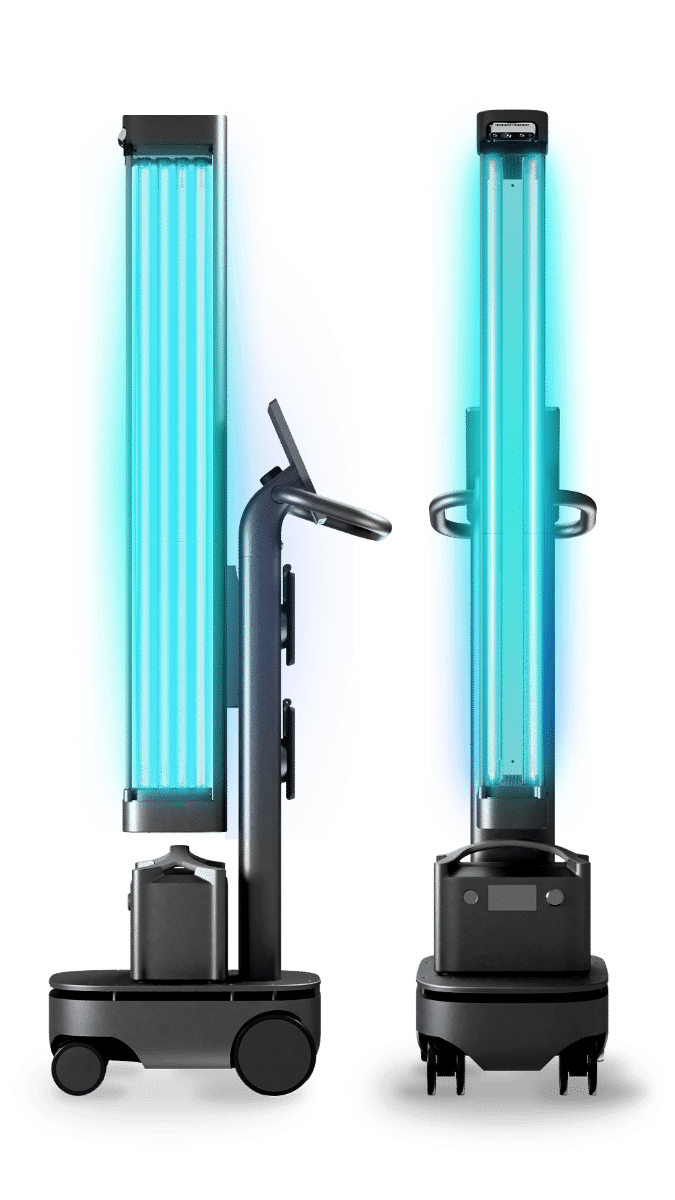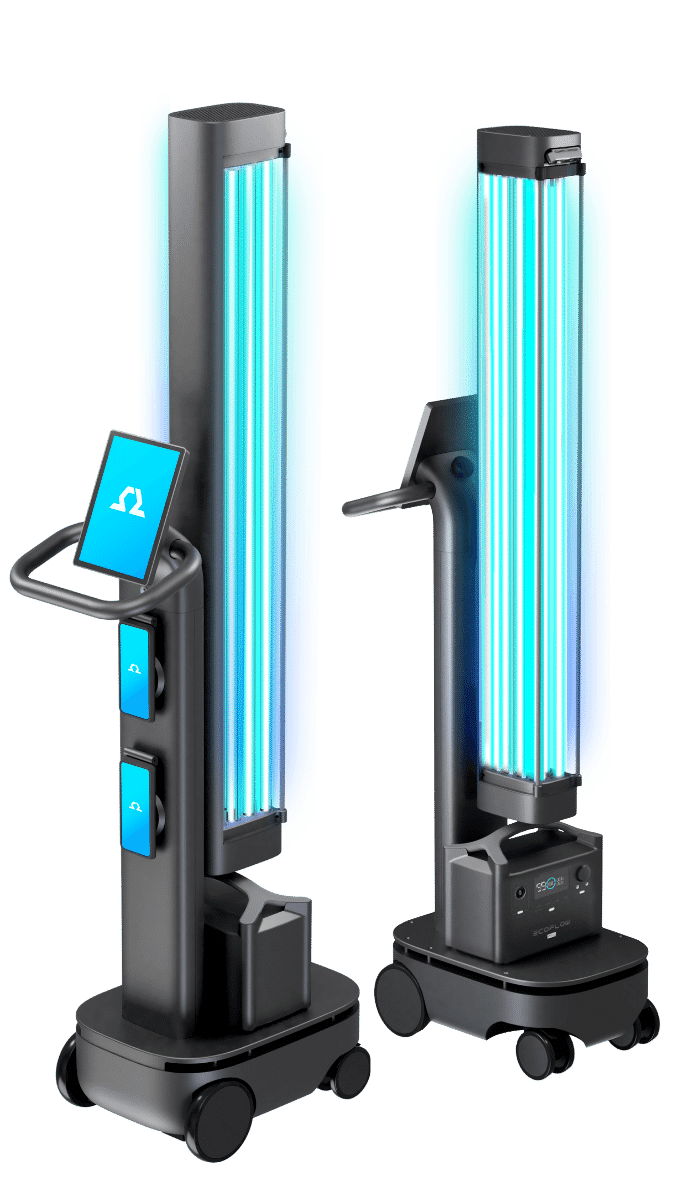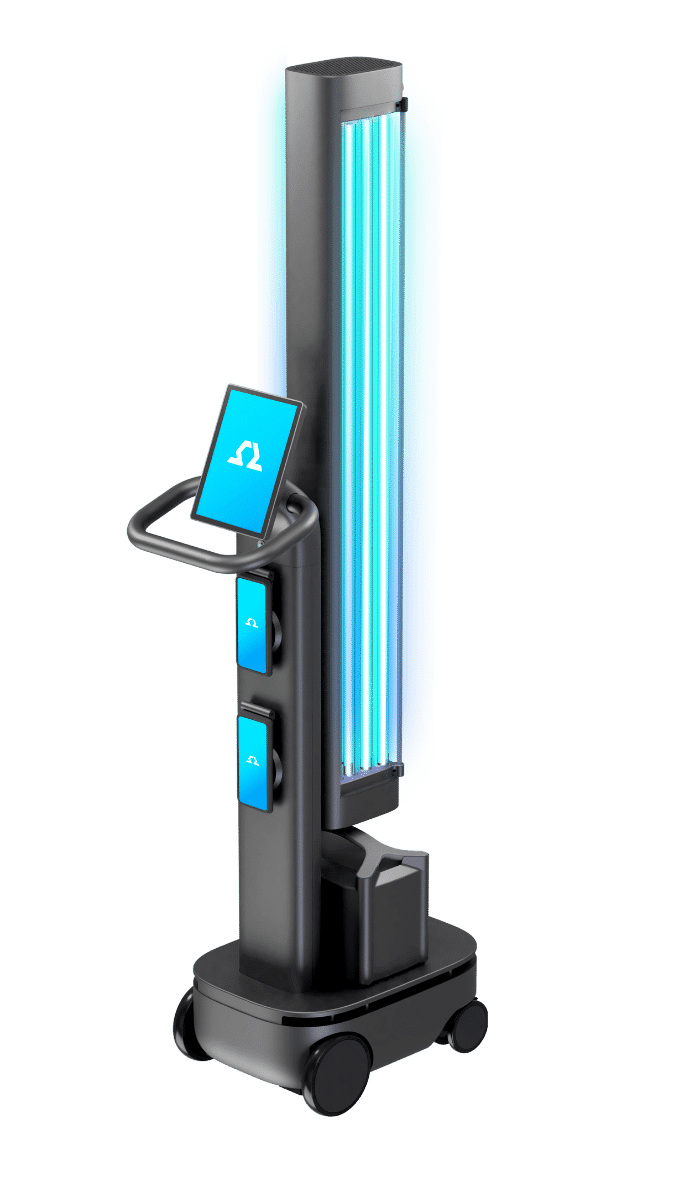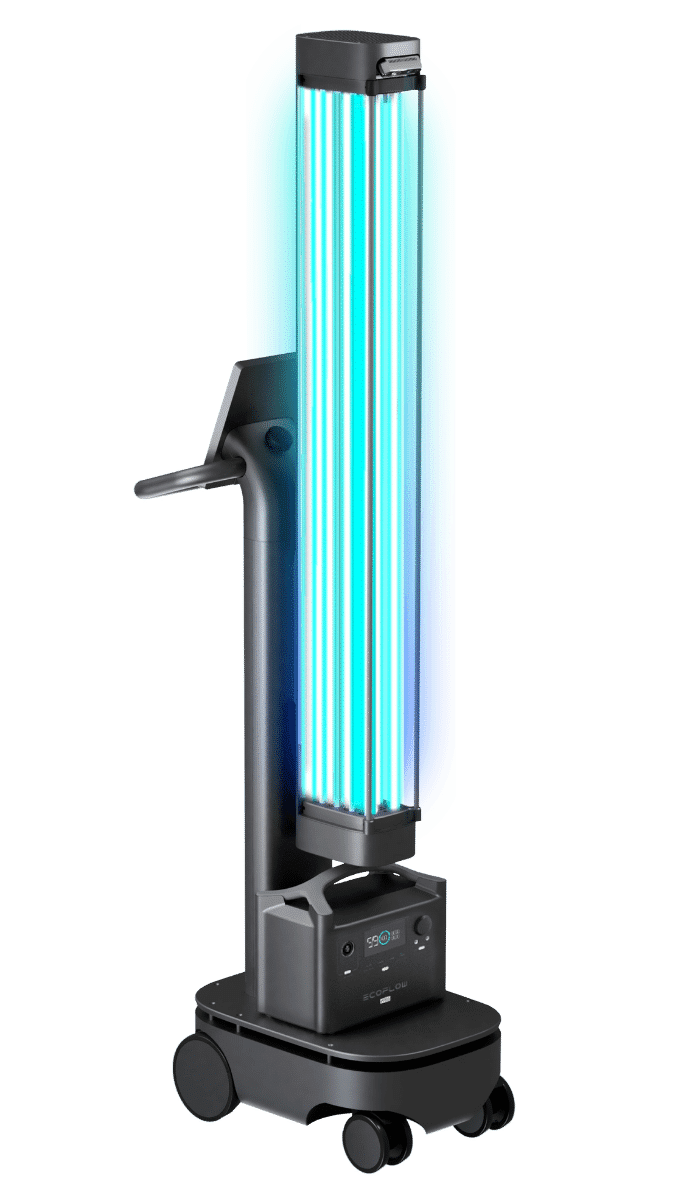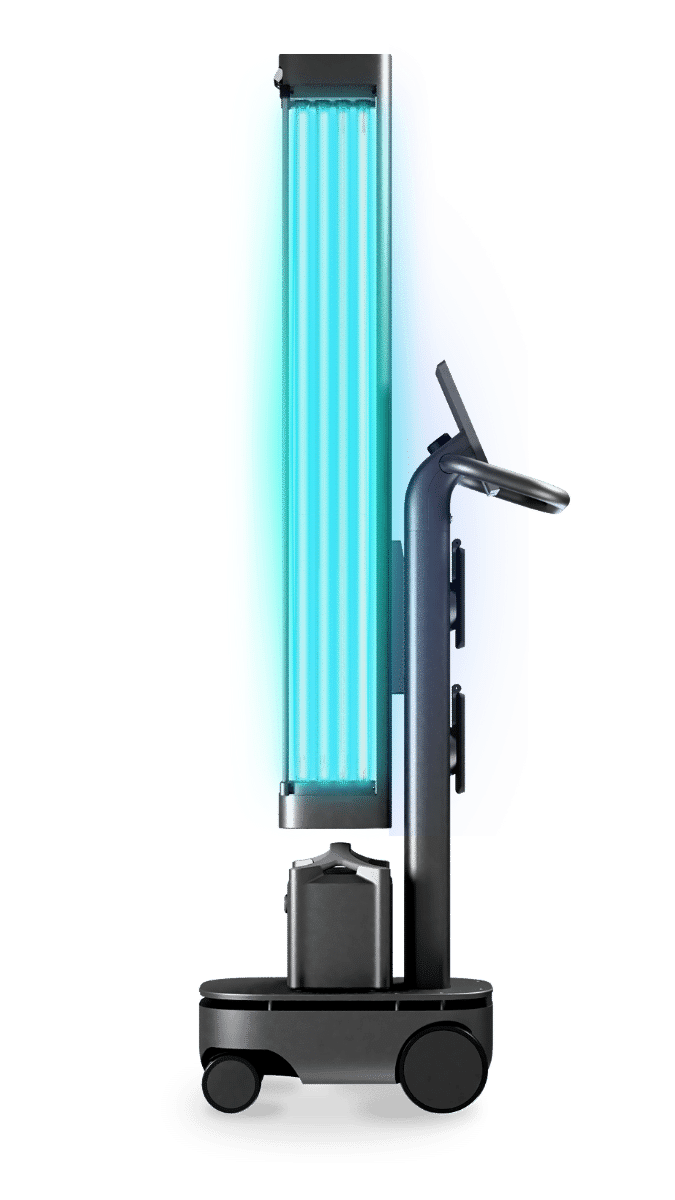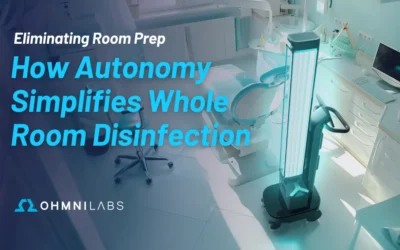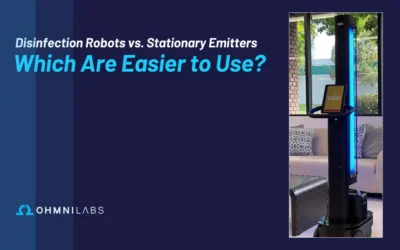With the outbreak officially declared an emergency, it’s time to explore methods of monkeypox disinfection.
After two and a half years of coronavirus dominating the headlines, another dangerous disease has found itself at the center of the world’s attention: monkeypox. Toward the end of July, the World Health Organization declared monkeypox to be a global emergency — a rare designation from the WHO, reserved solely for significant outbreaks. And now, as of August 4th, 2022, the United States has declared monkeypox to be a national emergency, with over 7,500 cases recorded throughout the country. With this new threat steadily increasing across the world, we wanted to take some time to better understand the disease and explore methods for monkeypox disinfection.
What is Monkeypox?
While the heightened public awareness may be new, monkeypox has actually been around for more than sixty years. First discovered in 1958, the monkeypox virus is in the family of variola viruses — i.e., the virus that causes smallpox. The symptoms of contracting monkeypox — generally a fever accompanied by a severe skin rash — are not dissimilar to those of smallpox, although they’re usually milder, but monkeypox can still be fatal in 3-6% of cases. However, the monkeypox rash can propagate throughout the skin and could lead to permanent scarring. These harsh symptoms illustrate the importance of adopting appropriate monkeypox disinfection practices.
Primarily, monkeypox is spread through skin-to-skin contact. However, the role of environmental transmission is less understood, as the outbreak is still ongoing. Of note, though, a recent study shows the prevalence of monkeypox inside a previously occupied patient room. The highest loads of viral concentration were found on surfaces the patients directly touched, particularly in the bathroom.
Further, studies involving smallpox — which, again, is in the same family as monkeypox— have shown that the contagious areas are not limited to hard surfaces, and areas like blankets, bed linen, personal clothing, and even dust can remain contagious for several years. Due to this potential risk for infection, the CDC is recommending that you, “Do not handle or touch the bedding, towels, or clothing of a person with monkeypox.”
What Can We Do for Monkeypox Disinfection?
With the potential risk that monkeypox may have of transmission via surfaces, it’s important that we take extra measures to minimize any potential exposures.
Traditional disinfection methods are not only inadequate (spraying and wiping chemicals are prone to human error and not well-suited for soft surfaces such as bedding), they also leave EVS staff susceptible to infection, simply due to the nature of manual application.
UV-C light is a powerful disinfectant that is proven effective against all sorts of viruses and spores. However, manual UV-C units can be bulky and heavy, and their lack of mobility can render them unable to disinfect tight spaces, ultimately leaving the disinfection process inefficient.
However, by using an autonomous UV-C robot like our OhmniClean, the UV-C light is brought up close to each surface in a room, ensuring that no spot is missed and a thorough disinfection is achieved. Thanks to its fully autonomous nature, this complete monkeypox disinfection is performed with the touch of a button — no staff member is required to come in close contact with the virus.
Lastly, our OhmniClean robot comes with real-time reports, including in-room position tracking and heat maps, which show to the exact inch where the unit went in a given room, providing full confidence in the monkeypox disinfection process.
Conclusion — Monkeypox Disinfection
There is still quite a bit we don’t know about how monkeypox is transmitted, but due to our history with similar viruses, it would be unwise to not take every precaution we can. Autonomous UV-C provides a safe and effective means for monkeypox disinfection, and we here at OhmniLabs are proud to help in the effort.
